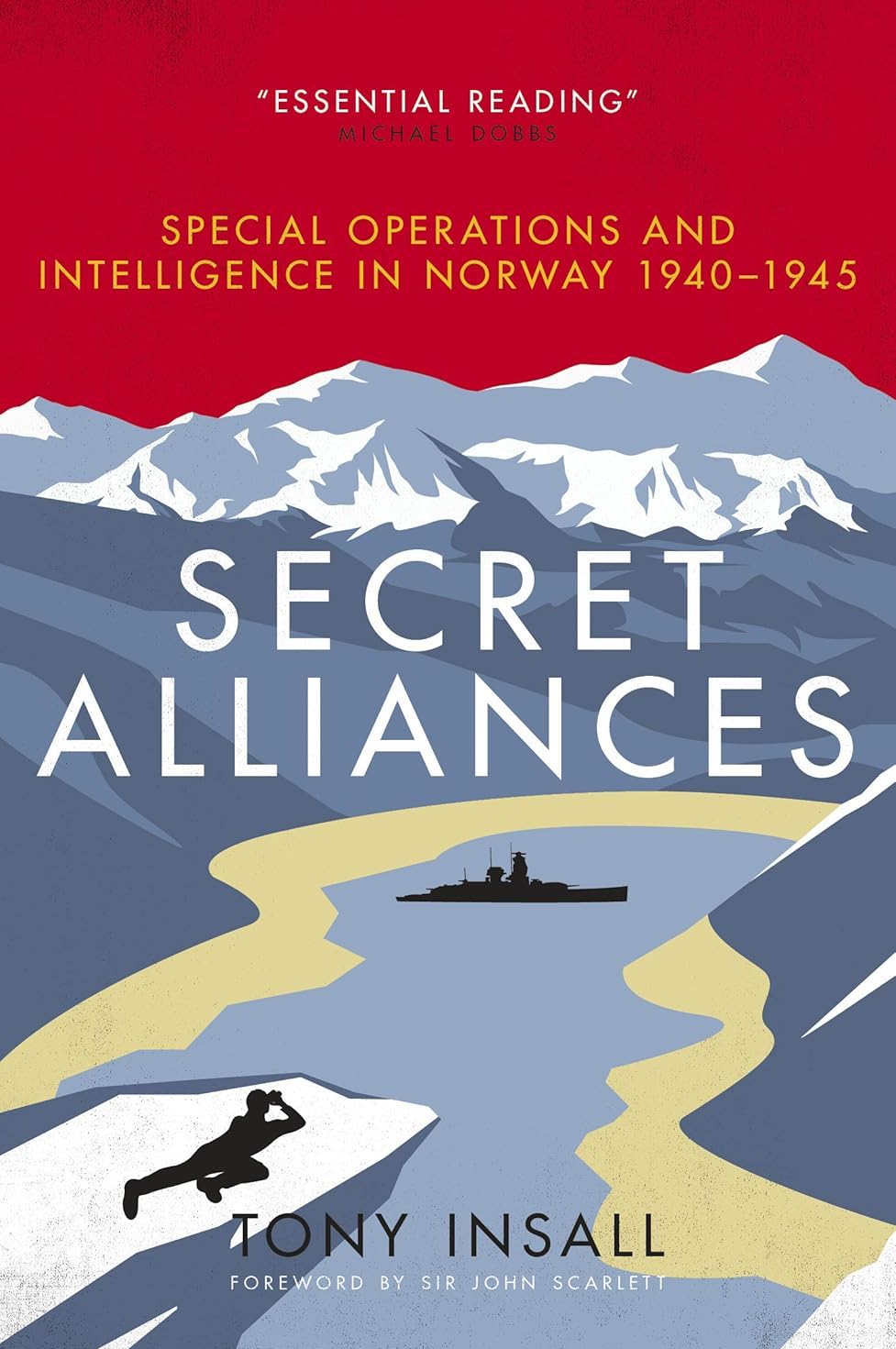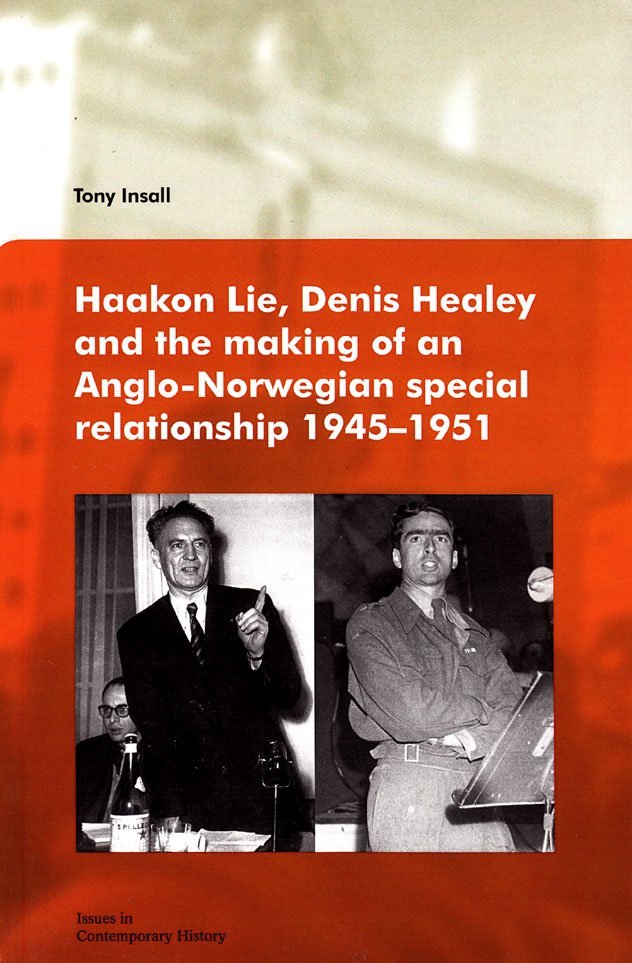Discover all publications by Tony Insall

The Madness of Courage: The Exceptional Achievements of Gilbert Insall
Group Captain Gilbert Insall holds a unique record: he is the only person to have both won a Victoria Cross and escaped successfully from a German prisoner of war camp during the First World War. The Madness of Courage describes how, when forced down by engine damage after destroying a German fighter, Gilbert ignored intensive shelling in order to repair his aircraft and return to base. But a few weeks later, he was shot down and captured. And thus began a distinguished career in prison breaking.
He tunnelled out of Heidelberg prison camp and later hid among boxes on a horse-drawn cart to get away from Crefeld, each time being recaptured. Then, in Ströhen, Gilbert and several companions concealed themselves in a claustrophobically small space they had excavated under the floor of the bathhouse. They remained there for seventeen hours, while a fruitless search for them was carried out, and eventually emerged and successfully reached Holland.
Meticulously told by Gilbert’s great-nephew, the critically acclaimed intelligence historian Tony Insall, The Madness of Courage is a gripping true story about a remarkable man at a time before the Geneva Convention was signed, when conditions for prisoners of war were often appalling and the British War Office did little to help prisoners escape. Instead, Gilbert’s family, assisted by French intelligence, gave him the support he needed to break out of captivity in an extraordinary feat of bravery, resilience and ingenuity.

Secret Alliances: Special Operations and Intelligence in Norway 1940 1945
Europe, 1940. Nazi forces sweep across the continent, with a British invasion likely only weeks away. Never before has a resistance movement been so crucial to the war effort.
In this definitive appraisal of Anglo-Norwegian cooperation in the Second World War, Tony Insall reveals how some of the most striking successes of the Norwegian resistance were the reports produced by the heroic SIS agents living in the country’s desolate wilderness. Their coast-watching intelligence highlighted the movements of the German fleet and led to counter-strikes which sank many enemy ships – most notably the Tirpitz in November 1944.
Using previously unpublished archival material from London, Oslo and Moscow, Insall explores how SIS and SOE worked effectively with their Norwegian counterparts to produce some of the most remarkable achievements of the Second World War.

Haakon Lie, Denis Healey & the Making of an Anglo-Norwegian Special Relationship, 1945-1951
This book analyses the remarkably close relationship between the British and Norwegian Labour parties and two of their leaders, Haakon Lie and Denis Healey, during the immediate post-war period. It examines the extent of party co-operation in disseminating anti-Communist propaganda produced by Information Research Department (IRD) of the Foreign Office in London, and a separate chapter looks at the history of IRD. There are also chapters examining the extent of co-operation aimed at rebuilding the Socialist International and attempts at party collaboration over Spain. The book is largely based on unpublished material from over ten different archives in Britain, Norway, the Netherlands and Russia and also incorporates material released at the request of the author under the Freedom of Information Act in Britain.